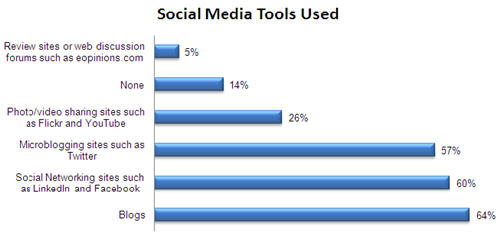Five key characteristics of great pilot team members
I recently posted an excerpt from Chapter 17 of Implementing Enterprise 2.0 titled 8 Guiding Principles for Pilot Programs: A Key for Enterprise 2.0.
To follow up, here is an additional excerpt from Chapter 17 on pilots.
CHARACTERISTICS OF GREAT PILOT TEAM MEMBERS
The selection of pilot team members is a major factor not just in the success of the pilots, but also whether useful lessons are learned and the successful migration of the pilots into other parts of the business.
The reality is that there is usually limited choice in selecting pilot team members. However since it is such an important driver of success, it is important to understand the characteristics of great pilot team members, and to apply this to the degree possible in bringing the right people on board.
There are five key aspects to a great pilot team member.
1. Enthusiasm
There is no substitute for enthusiasm in a pilot. As such, in most cases the best pilot team members are those who are clamoring to try something because they think it will make them more effective in their work.
Enthusiastic team members will:
• Want to be involved in the pilot!
• Think there are better ways to do things than current approaches
• Be happy to try new things
• Put up with immature systems
• Put in extra time and energy now for the potential of worthwhile results later
• Actively suggest and try new ideas to make the pilot work better



